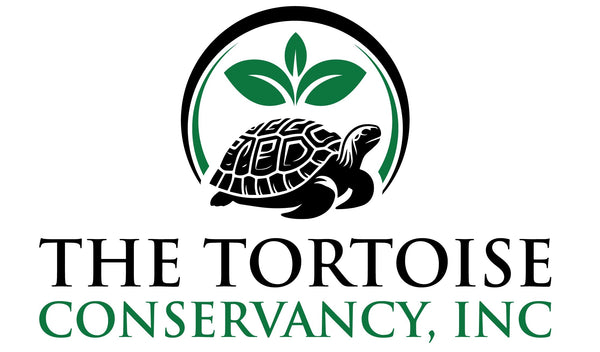Sustainable Land Management
Implementing sustainable land management practices during inevitable urban expansion is essential for maintaining healthy tortoise habitats. As cities grow and expand, the pressure on natural environments increases, often leading to habitat loss and fragmentation. This is particularly detrimental to gopher tortoises, which rely on large, contiguous areas of suitable habitat to thrive. We promote practices that balance ecological needs with human activities to ensure the preservation of these critical environments.
Our approach to sustainable land management involves several key strategies. First, we work with urban planners and developers to incorporate green spaces and wildlife corridors into new developments. These green spaces not only provide habitat for tortoises but also serve as important ecological buffers that help mitigate the impacts of urbanization. By creating interconnected networks of habitat, we can ensure that tortoise populations remain viable even in the face of urban expansion.
Second, we advocate for the use of environmentally friendly building materials and construction practices. This includes minimizing land disturbance during construction, preserving native vegetation, and implementing erosion control measures to protect soil and water quality. By reducing the environmental footprint of new developments, we can help maintain the integrity of tortoise habitats and the broader ecosystem.
Third, we support the restoration and rehabilitation of degraded habitats. This involves removing invasive species, replanting native vegetation, and implementing land management practices that promote the health and resilience of the ecosystem. Restoration efforts not only benefit tortoises but also enhance the overall biodiversity and ecological function of the area.
Education and community involvement are also crucial components of our sustainable land management efforts. We engage with local communities to raise awareness about the importance of tortoise conservation and the role that sustainable land management plays in protecting these species. Through workshops, volunteer events, and educational programs, we empower individuals to take an active role in conservation efforts and promote sustainable practices in their own neighborhoods.
Finally, we collaborate with policymakers to advocate for regulations and policies that support sustainable land management. This includes promoting land-use planning that prioritizes conservation, incentivizing sustainable development practices, and enforcing environmental protections. By influencing policy at the local, state, and national levels, we can create a framework that supports the long-term conservation of tortoise habitats.
In conclusion, sustainable land management is a multifaceted approach that requires collaboration, education, and advocacy. By promoting practices that balance ecological needs with human activities, we can ensure the preservation of critical tortoise habitats amidst urban expansion. Our efforts to integrate green spaces, restore degraded habitats, and engage communities are essential for maintaining healthy and resilient ecosystems where gopher tortoises and other wildlife can thrive.
